asthma medication under microscope
budesonide for inhaler
I’m prescribed budesonide to use in an inhaler to treat my “asthma” that supposedly developed as a result of “long covid”. The doses are packaged in small plastic packets and all I had to do was twist the cap off and squeeze one drop directly onto a slide.
Here are the specs on my Budesonide:
The below images and footage are taken from a drop of budesonide that has been sitting on a slide for three days. Those involved in this research community know that it can take several days for evidence of nanotech to visibly develop. The fact that we often have to wait for days or even weeks to see evidence of nanotech is perhaps the main reason why medical labs and professional microscopists are not seeing what we’re seeing. Detecting signs of nanotech takes time and the application of specific strategies.
Below I took a screenshot of what appears to be a ribbon on top of or within a thin, clear, crystalline structure. I tried to draw arrows pointing to the edges of the straight, transparent edges. It does not appear to be at the same level of complexity or development as a full “chip” as documented by David Nixon and others.
I’ve been using Google image search to look at microscopy images of various organic crystals and all the active ingredients of the medication. To me, the clear structure looks too clean and smooth to be citric acid crystals or any of the other ingredients listed on the packaging. Though of course the appearance of organic crystals can evolve over time and change with lighting technique and various viewing conditions. I’ll be keeping an eye on this one to see if it evolves in a chip-like direction.
Below is the full video from which that screenshot was taken.
Other than the ribbons, what stood out to me in the budesonide sample were the striated patterns of straight or nearly straight lines of bubbles. I believe Karl.C documented similar striated patterns of bubbles in pool water (I can’t find the pool water example but here are some findings of sequential alignment of dots in urine and also here in blood samples). What appear to be harmless “air bubbles” are showing evidence of having lipid or colloidal structure and often times each “bubble” itself will contain a host of smaller self-assembling components.
Video of at least one ribbon and various unidentified debris. From a quick Google image search, the metallic globules appear to be mostly micronized budesonide.
Below is video of some of the best striation patterns I found. It will be interesting to see how these patterns of lines develop over the next few days and weeks, since we’ve seen that the patterns of dots tend to evolve and become more complex with time.
If you want an extreme deep dive into the technical aspects of these “bubbles”, Ana Michalcea does a fantastic job. Of course, much of it is speculation since there’s no way for us to know for sure what’s going on unless whistleblowers come forward. From piecing together the work of researchers like Sasha Latypova and Karen Kingston, we can more or less assume that DARPA and BARDA were heavily involved in the development of this technology. Or at least let’s hope so, since a more exotic origin (possibly non-earth) would be a much more difficult situation to contend with.
Update: 5/20
I’m going through the budesonide slide again today as I was very tired last night. Right away I saw a ribbon with an associated chip-like structure in the very center of the slide and densest part of the sample. Normally I see more activity on the edges of the slides.
Here is a bit of video zooming in and out so you can see a few more details.
To me, this just looks like a regular salt crystal. However, we know how sneaky these objects can be. They tend to evolve over the course of days and weeks into more complex structures that are far more complex than any organic crystal. Another hint is that this structure is attached to a ribbon. We frequently see the chip-like structures attached to or embedded within ribbons. And the activity and appearance of the ribbon often changes when in contact with these chips.
Here is a longer video of the full ribbon/chip complex:
I also noticed some new crystals not directly attached to a ribbon but in close vicinity to one. These particular crystals were adjacent to very thin and translucent rectangular shapes. I drew an arrow pointing to the edge of one of these structures.
And here’s a quick video zooming in and out of the two new crystal structures.
I’ll end by noting that the nanotech was probably not added into the budesonide intentionally by the manufacturer. Many researchers have noted that nanotech has now spread into the world’s water supply and is now regularly found in rain water and oceans. At this point, probably anything containing any amount of water has nanotech in it. In fact, it’s probably now the exception to be able to find any uncontaminated source of water. But of course that discussion is way above my paygrade. I’m just a hobbyist with a beginner’s microscope. It’s really absurd that I feel compelled to have to do any amount of this type of work at all. But here we are.




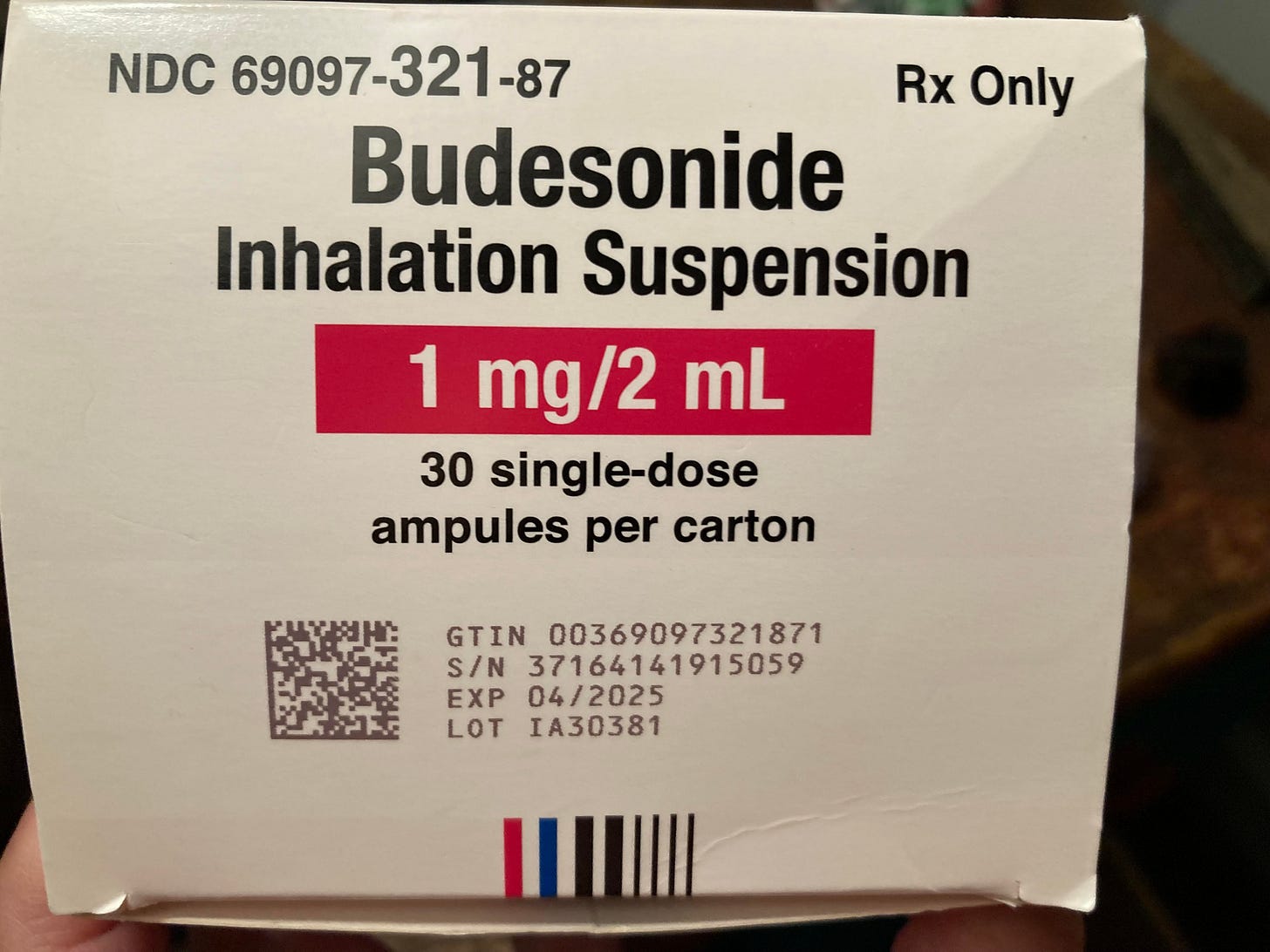

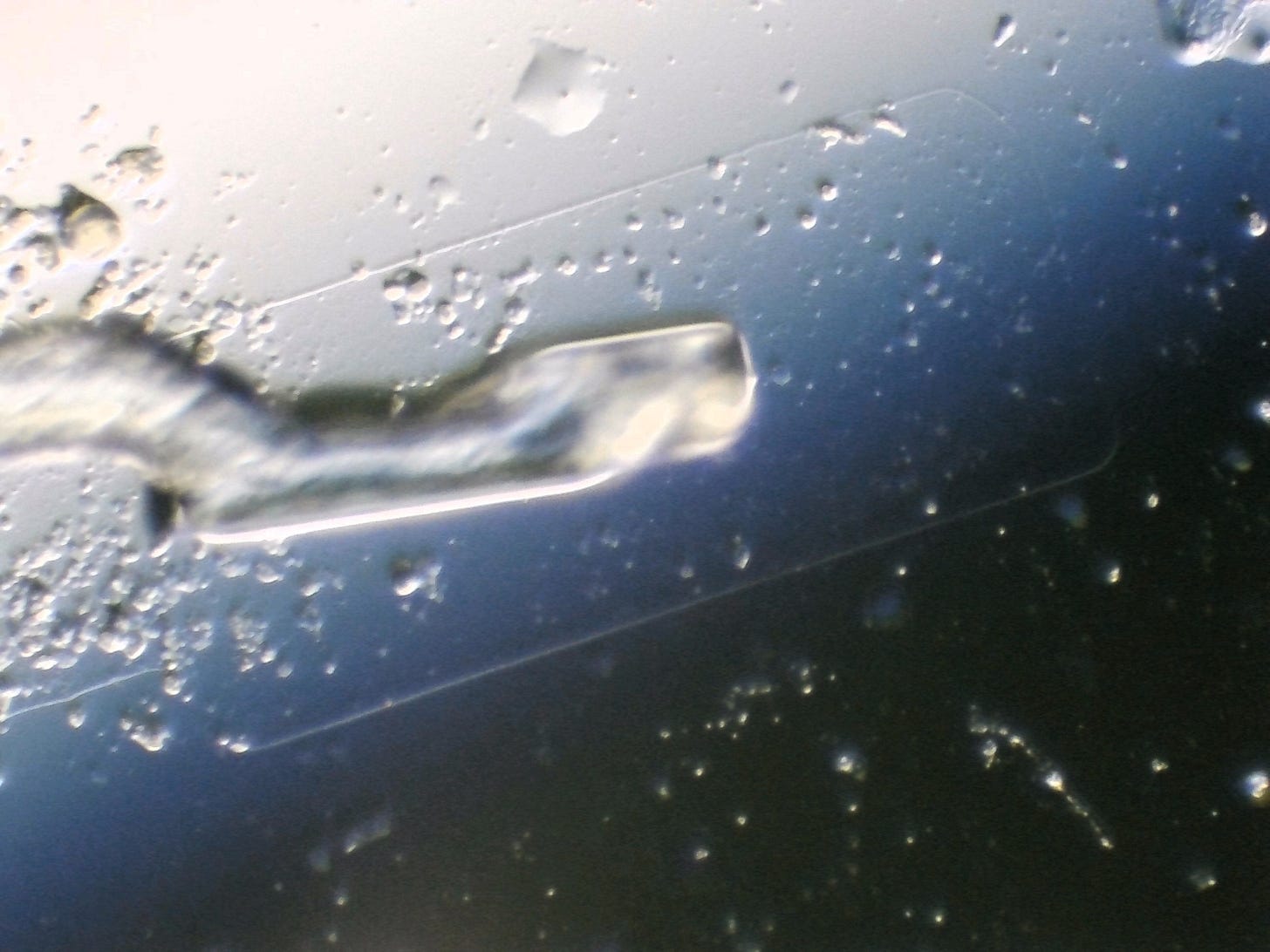
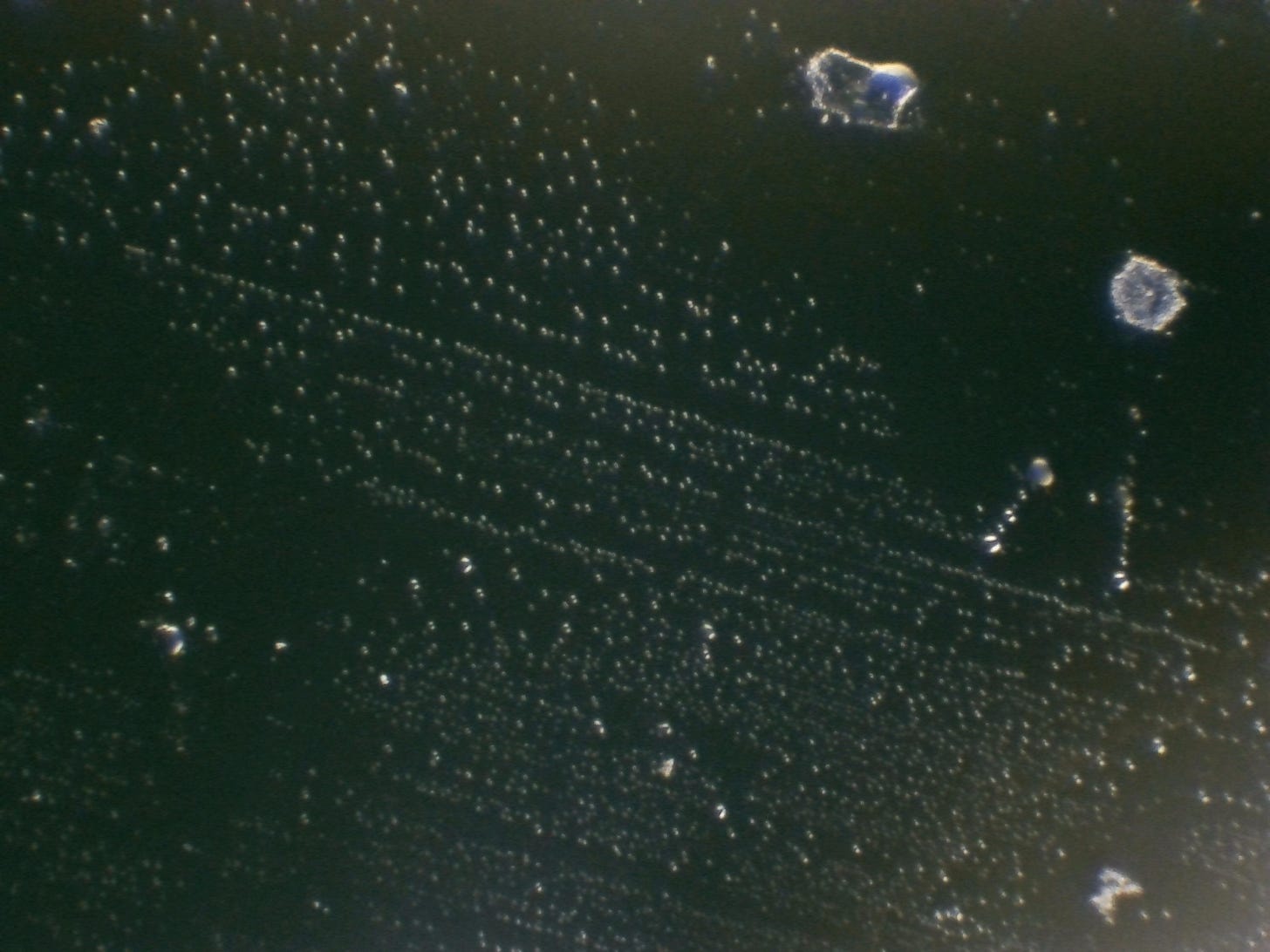
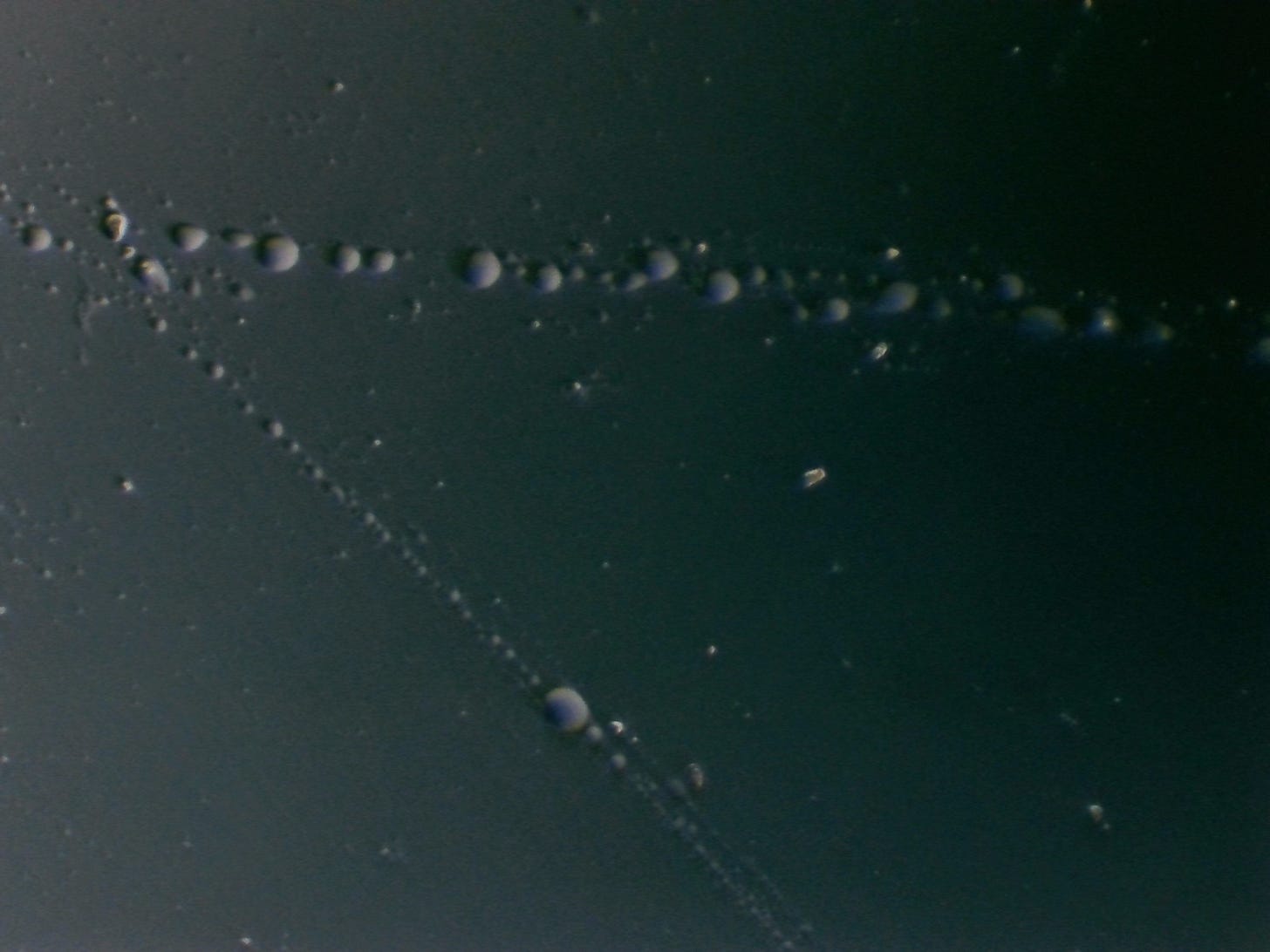
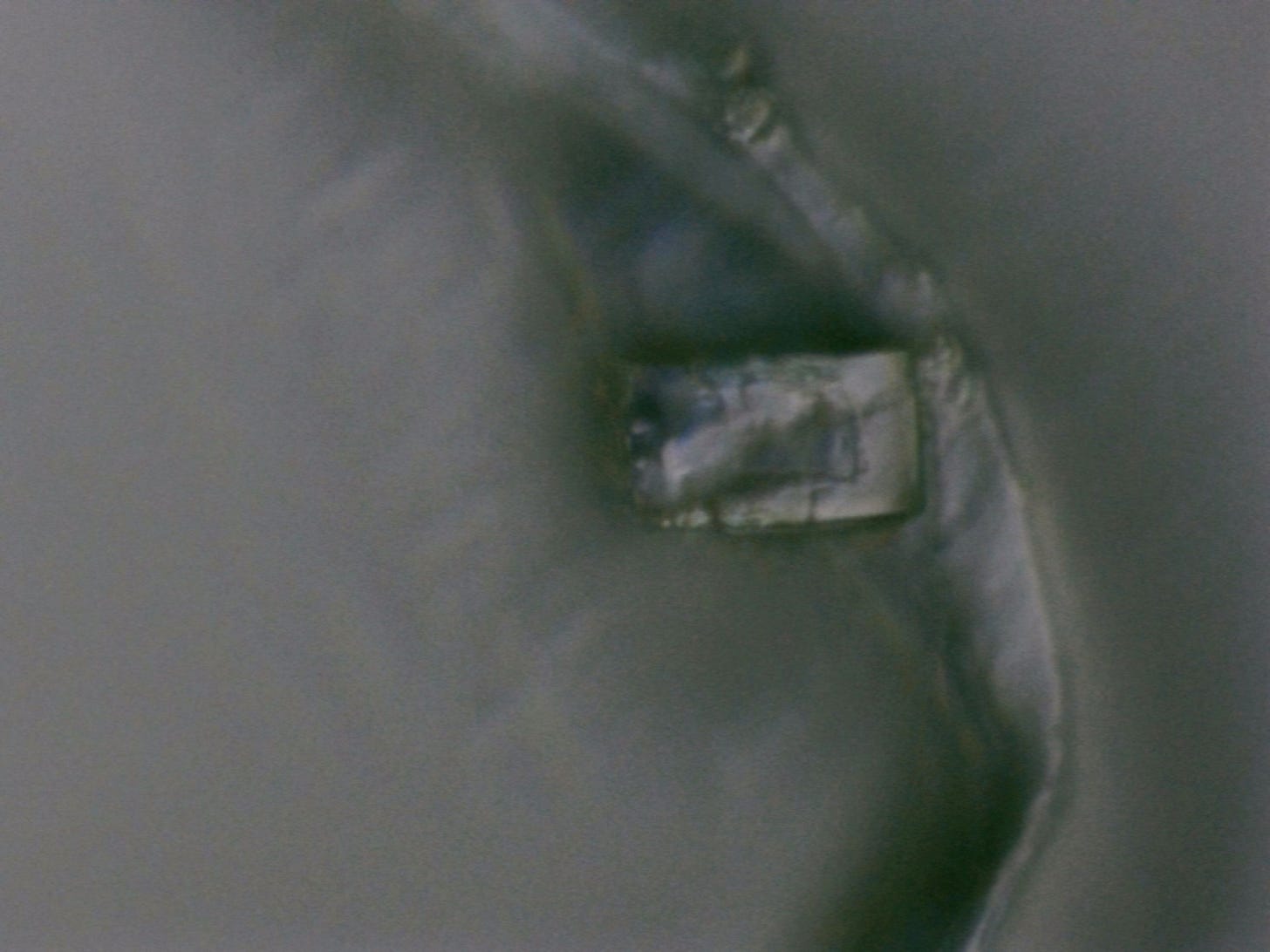
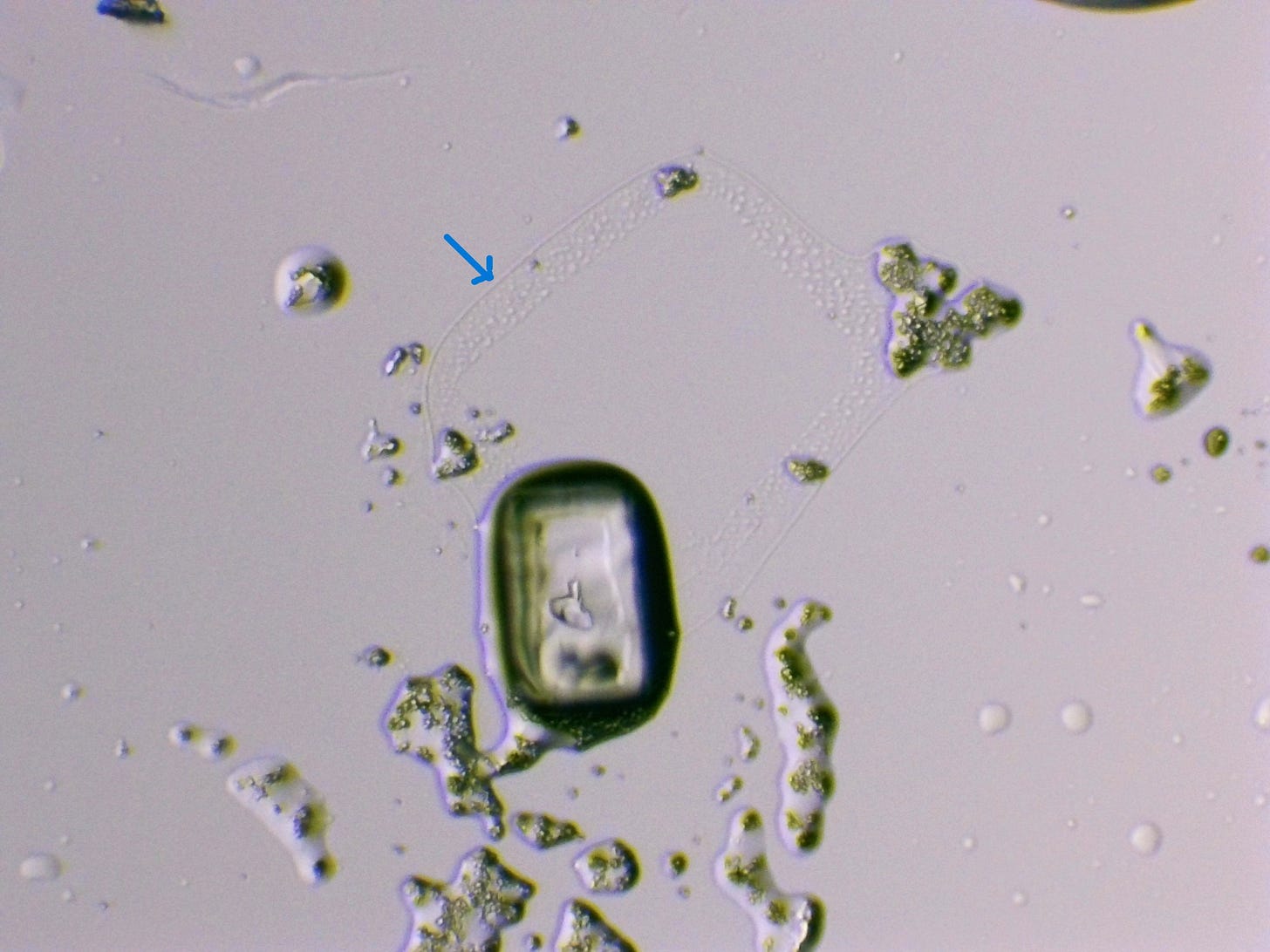
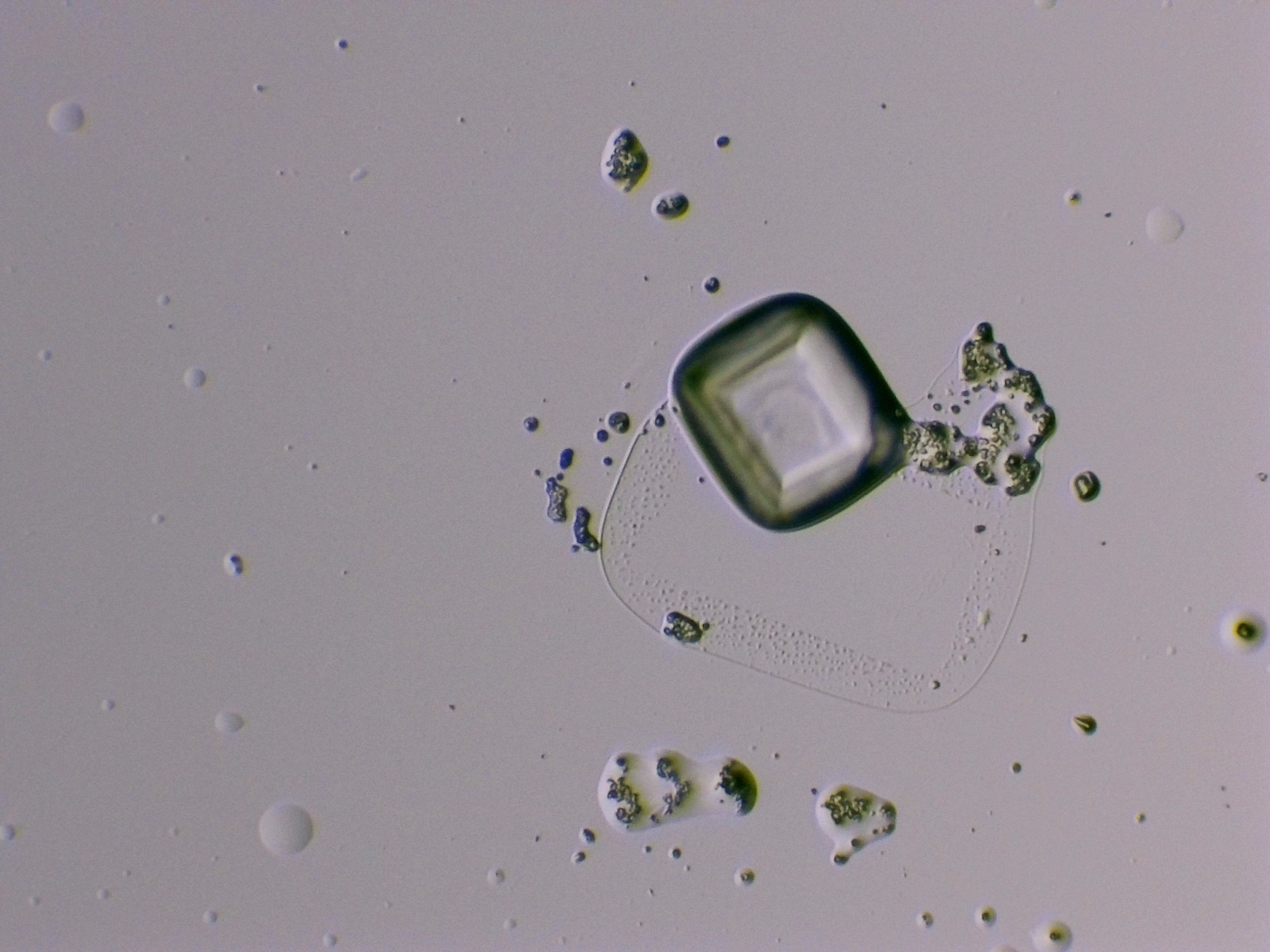
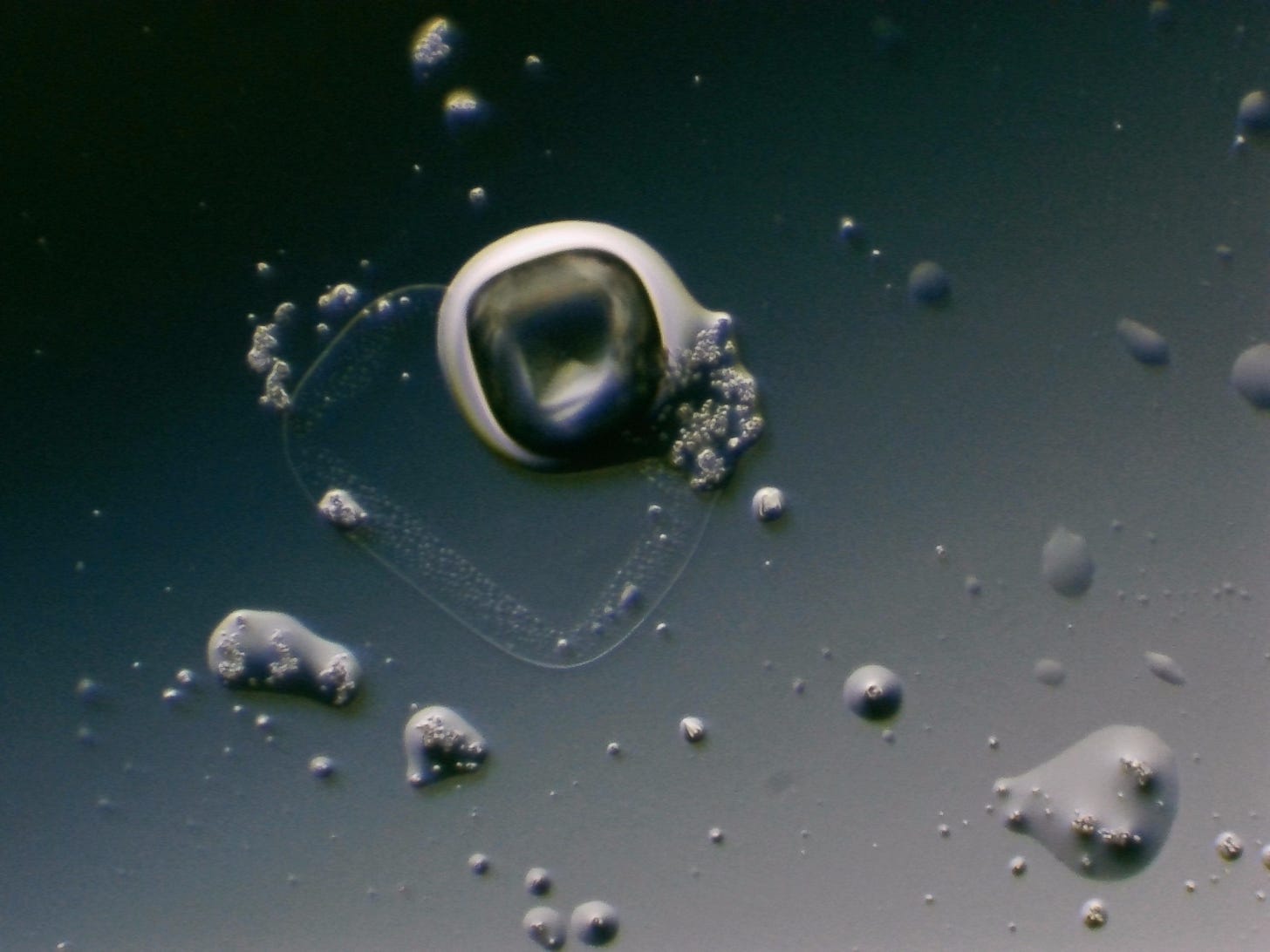
Hi Michelle, Improving with every post. The only fast signs show up in the particle behavior at the drying edge. You have enough darkfield effect to see them now. If you use a toothpick to put tiny wet spots on the open slide then you will see the drying finale and that's a good show with the inhalers sprayed on the slide.. Good work. Encore, m
So are you still using budesonide? I’m just wondering if anything does not have a killing nano.